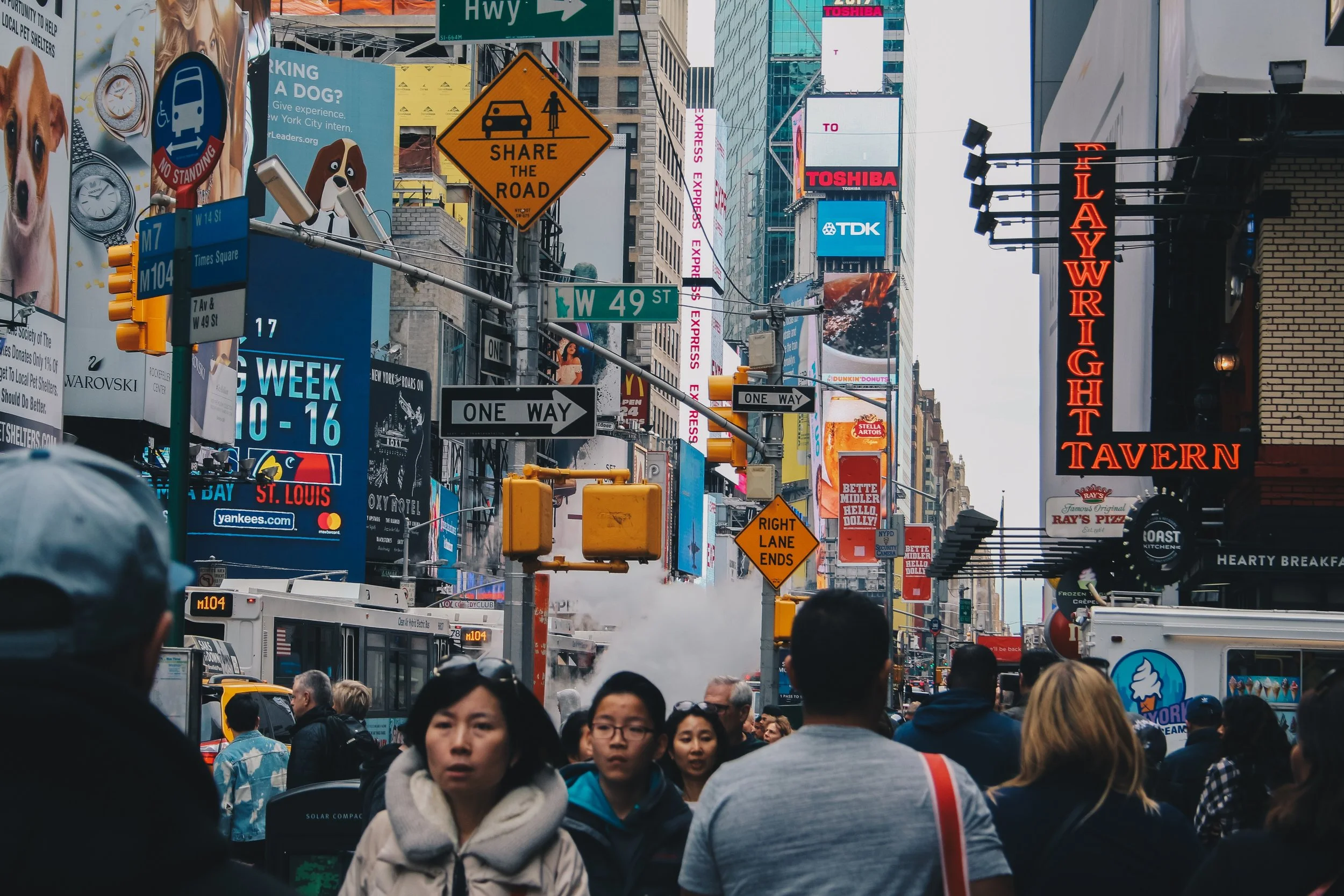Introduction
It is in cities where some of the most critical advances we make as a society will take place.
Understanding the city is now central to understanding our contemporary and future world. Increasingly, the flow of capital, goods, and people takes place across cities in place of national borders. Two-thirds of the global population reside in cities, making it ever more imperative that governments worldwide understand how cities work and leverage their advantages to address the greatest challenges of our time – from managing climate change and overcoming the COVID-19 pandemic, to eradicating poverty, attaining quality education, and protecting habitats.
While much of the focus within existing smart cities literature lies in the efficacy and outcomes of technology solutions introduced thus far, less attention has been placed on smart city development from the city government’s perspective. City leaders have the great and highly complex task of governing distinct urban environments that all have unique needs. They would be well-served by a practical and detailed overview of smart city models globally in place of the cornucopia of solutions and potential investment opportunities which they are often presented with instead. Successful and effective city leadership hinges upon leaders’ exposure to innovative solutions to overcome the challenges of financing smart city development, maintaining a strong citizen- and impact orientation, developing effective policy tools, and introducing city-wide initiatives.
Eden Strategy Institute’s Top 50 Smart City Government rankings places an explicit focus on the government as a key driver of smart city development, using ten key indicators to systematically and holistically assess city governments globally, with the goal of identifying and celebrating those which have been successful in steering their cities towards success. Beyond being assessment indicators, however, the ten factors also reflect the tools which city leaders have leveraged to achieve positive outcomes in their respective cities: Increasing citizen participation, improving service delivery efficiency and quality, enhancing digital inclusion, and beyond.
Our 2018/2019 rankings were conducted in a very different world. This past year, we have found that the ongoing global pandemic has put smart cities to the ultimate test. To what extent were city governments able to utilise their investments in digital solutions to identify high risk areas or vulnerable population groups, and manage the spread of COVID-19? Did the enabling programmes and policies introduced in smart cities ensure that governments were adequately prepared to address potential challenges with digital literacy and data protection, key success factors in pandemic responses? How did previous initiatives to increase citizen participation impact citizen trust in government-led pandemic responses as well as the ease and quality of communication between the public sector and the public they serve?
In this latest edition of our Smart City Government rankings, we have found that the most significant changes to the rankings can be attributed to each city’s management of COVID-19, as well as their resilience, adaptability, foresight, and proactiveness in anticipating and addressing key urban challenges. Amidst civil unrest, political turmoil, and an increased focus on mitigating climate change that occurred throughout 2020, our smart city government rankings also reflect the extent to which city governments were able to steward and best support citizen needs and aspirations.
As city governments evolve and grow in their capabilities to drive smart city development, the competition for the Top 50 has intensified. It is incredibly exciting for us to welcome 18 new cities to the Top 50 Smart City Government rankings and celebrate their achievements and success in building urban resilience, driving environmental sustainability, and harnessing multi-stakeholder partnerships to fund and support various local initiatives. Across the board, we observed the addition of a number of Chinese cities including Hangzhou, Guangzhou, Chengdu, and Chongqing which have each made notable efforts to drive innovation and support talent development in their respective cities. A number of European cities such as Frankfurt, Zurich, Oslo, and Rotterdam have also made significant headway in reducing their carbon emissions and achieving greater environmental sustainability through interventions in transportation, citizen education, and energy use.
We congratulate the 2020/2021 Top 50 Smart City Governments for their outstanding efforts to serve their respective citizens which have and will continue to inspire city leaders near and far. In this edition of the Top 50 Smart City Governments publication, we have also highlighted the creative and commendable initiatives which we have found across all six regions of the globe, from Africa and the Asia-Pacific, to South America and the Middle East. The spirit of creativity and resilience we have seen across these cities has been deeply encouraging amidst these challenging times.
City leaders today are presented with an unparalleled opportunity to influence the direction of urban development and design cities which are truly smart, loveable, and future-ready. While no single ‘theory of change’ exists to arrive at a smart city, we believe that the cross-fertilisation of practices and ideas remains paramount in smart city development. We have enjoyed the opportunity to learn from such a broad range of exemplar cities and are hopeful that this collection of practices and initiatives in our 2020/2021 Top 50 Smart City Governments publication may serve as a source of inspiration for other cities beginning, continuing, or searching for the next step in their smart city journey.

